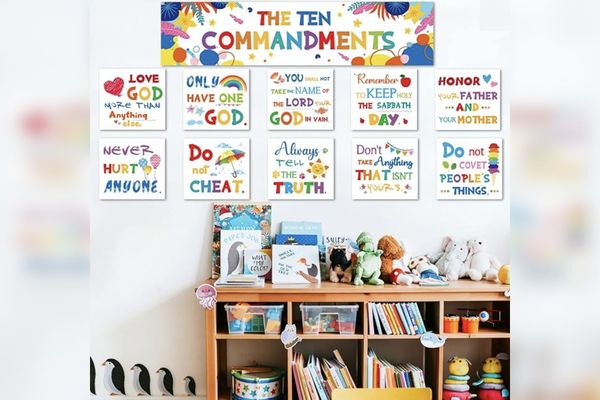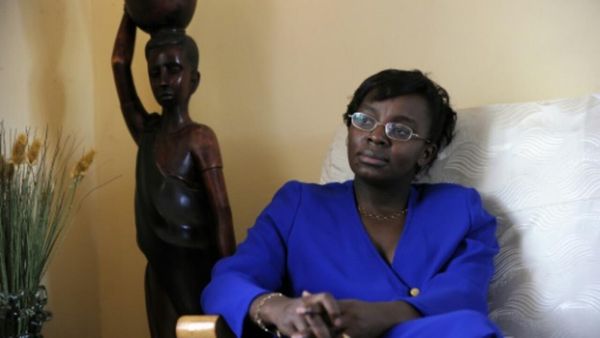
An artificial grass manufacturer has sued scholars for defamation as they prepared to debate whether the material was dangerous.
Four experts planned to talk about whether artificial grass - used in gardens and playgrounds around the world - had any health risks for youngsters long term.
But the seminar - set to take place in January of this year - was stopped before it could begin as the speakers were sued for defamation by Polyloom, an artificial turf manufacturer, based on promotional material used to promote the event.
Polyloom and the artificial-turf industry is responding to a growing body of scientific research showing the presence of harmful chemicals in synthetic turf, and potential environmental and health implications. All this is happening as demand for artificial turf, which is made from plastic and mimics the look and feel of natural grass, is booming globally.
But is the material safe?
Here is everything we know:
What is fake grass?
Artificial turf is made up of synthetic fibers and is a material made to look like natural grass, meant to be easier to maintain.
It is used in gardens and some sports pitches and is much more durable than grass and easily maintainable as it does not need cutting.
What are the benefits of fake grass?
There are some benefits to fake grass which is what makes it a popular option.
It is hard wearing and requires minimal maintenance once laid. It also looks good all year round and doesn't end up too muddy to use in the rainy weather.
It is also suitable for most locations including roof terraces, balconies, areas with low sunlight, and small areas where real grass isn’t practical and can also be better for people with allergies like hay fever.
What are the disadvantages of fake grass?
Experts have warned artificial grass is bad for the environment and say the negatives for nature far outweigh any positives from laying artificial turf.
Artificial grass does not provide any food for living creatures and restricts access to the soil beneath for burrowing insects.
It also reaches significantly higher temperatures than natural grass under the same weather conditions and can overheat in hot weather making them unusable.
Is it safe for children and pets?
The debate has started whether the use of plastics in artificial grass makes it dangerous for children and pets alike.
Artificial turf also is made up of PFAS forever chemical, a class of nearly indestructible chemicals.
PFAS are added to artificial turf during the manufacturing process where it helps shape the blades of grass and ensure the molten plastic doesn't clog in machinery.
PFAS have been linked to health harms including low birth weight, birth defects and certain types of cancer and has raised concerns among scholars.







